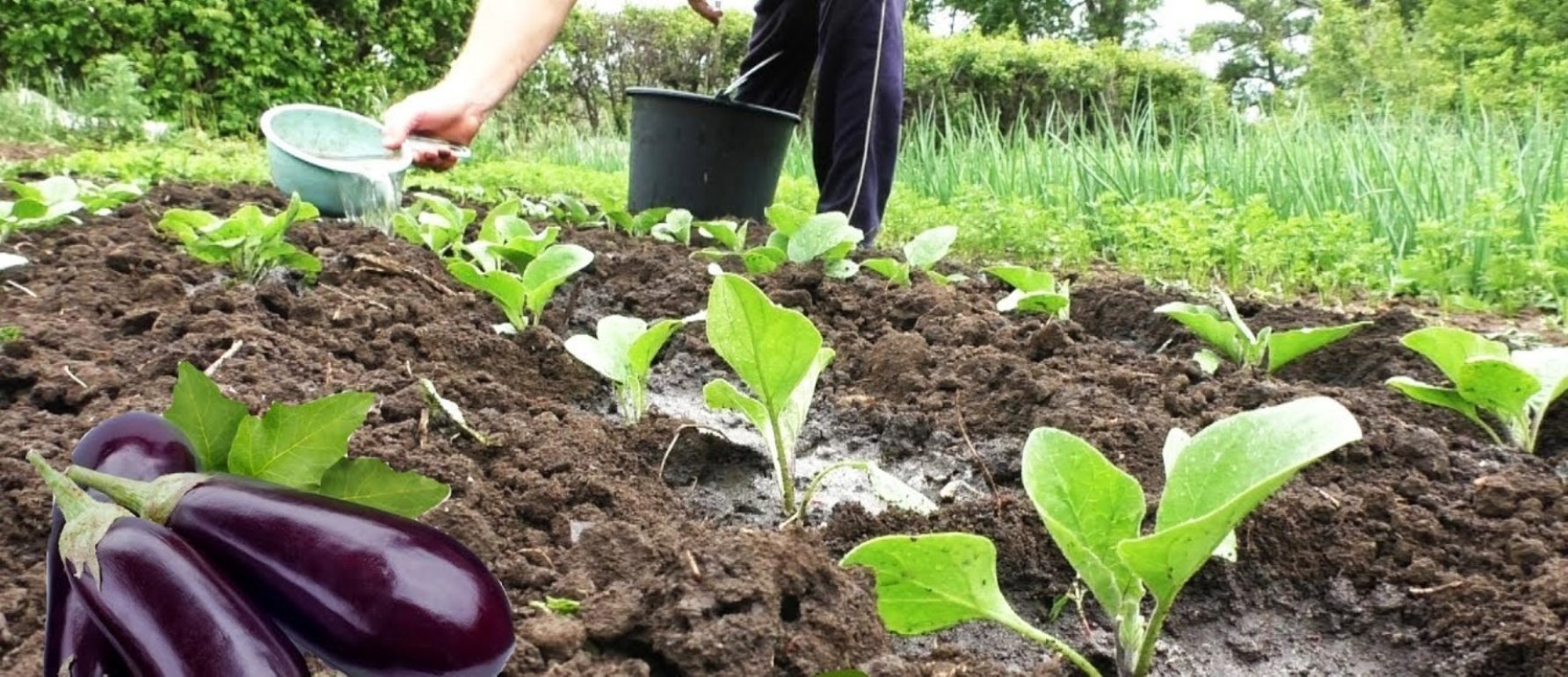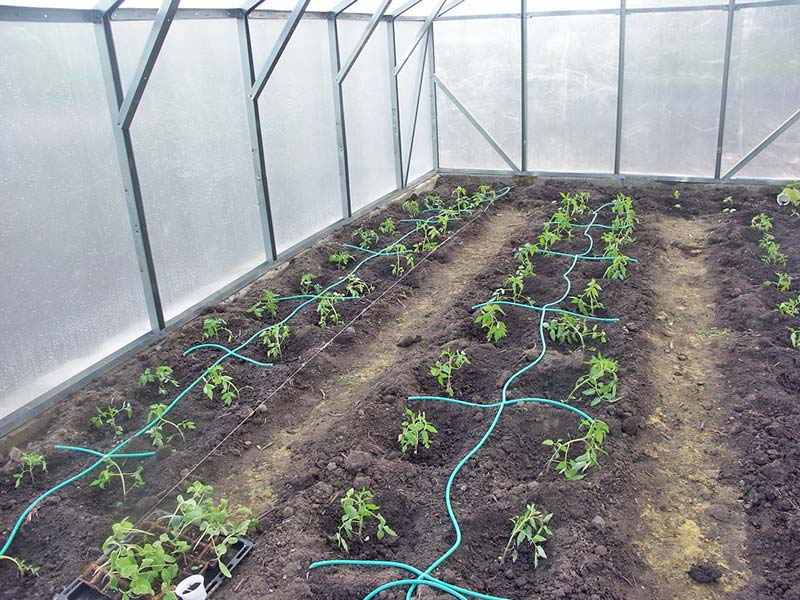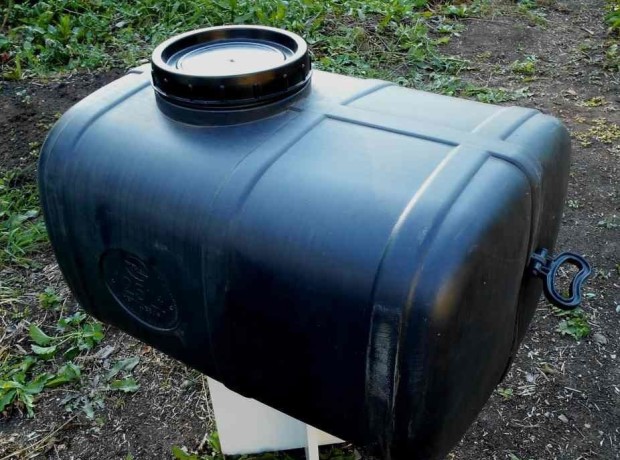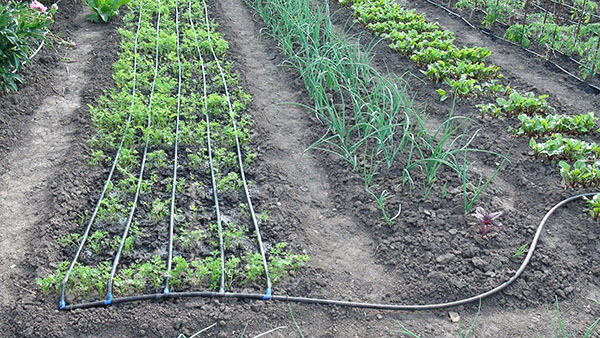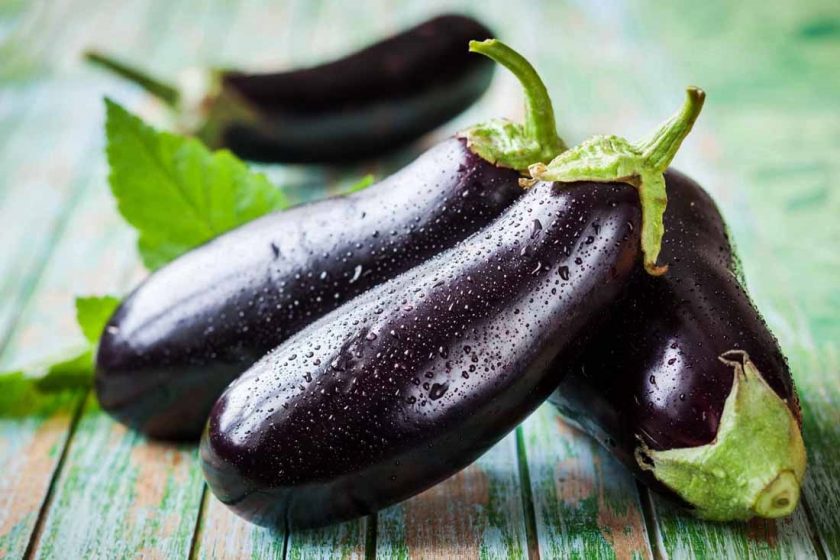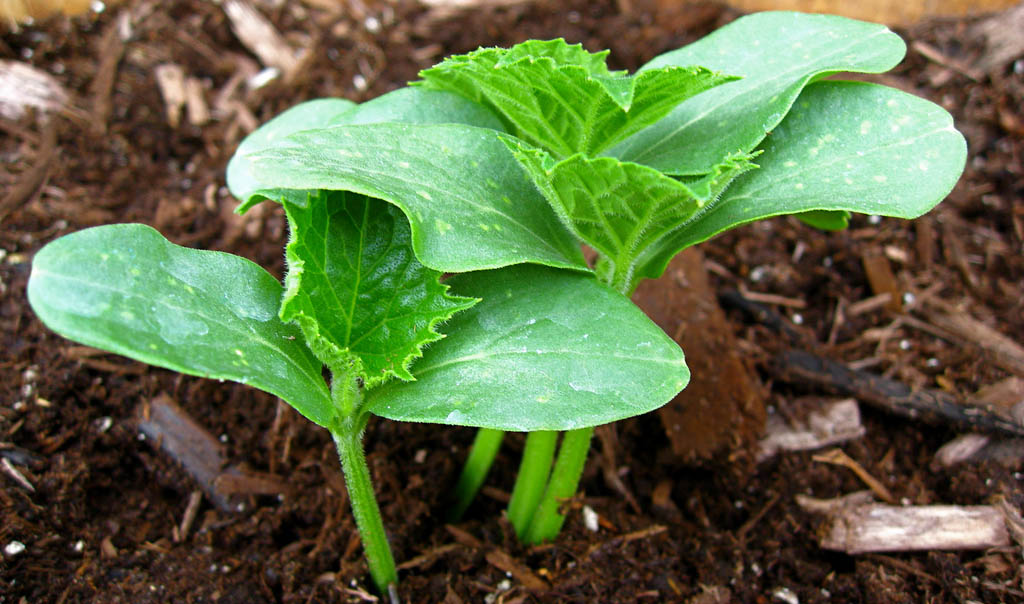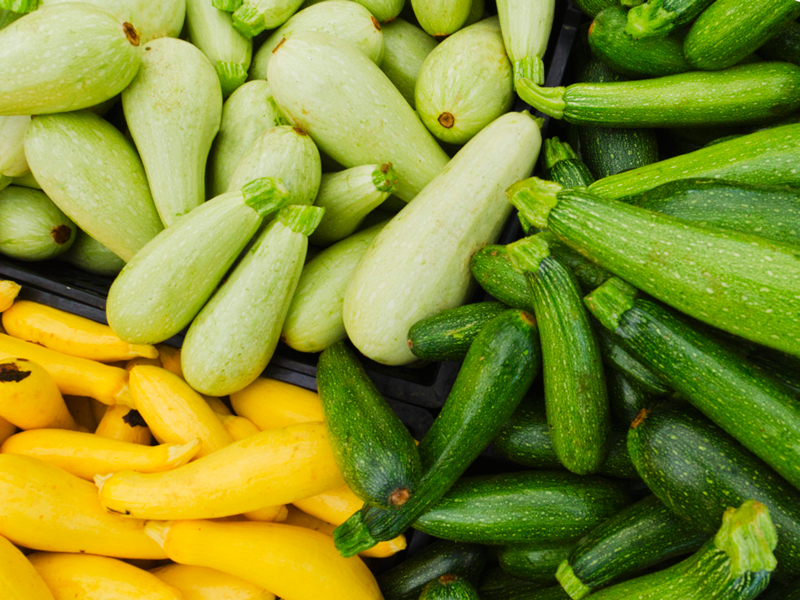Content:
Eggplant is a vegetable widespread in southern countries, so it is not well adapted to the climatic conditions of Russia.
To obtain a harvest, the following conditions must be met:
- It is recommended to breed a crop outdoors only in the southern regions of the country.
- In the middle lane, where night frosts or frequently changing weather are possible in spring, eggplants are grown in greenhouses or polycarbonate greenhouses.
- To obtain the maximum yield, you need to use the seedling planting method. The farmer should take into account that even early varieties require 94 to 120 days to ripen.
- Watering eggplants should be done regularly with warm, well-kept water in the sun. The use of tap liquid is prohibited, as the plant sheds the ovaries, and sometimes dies.
- It is necessary to feed young seedlings on time, otherwise the fruiting time will move upward, the size of the fruit will be smaller than the standard size.
Why and how to irrigate eggplant plantings
Many gardeners are interested in how often to water eggplants in the open field, how much water is needed for the proper formation of the vegetable. Experts recommend the following:
- The frequency of watering depends on the age of the plants, the weather conditions in the area where the farmer lives.
- So that the vegetables do not die, it is impossible to allow the soil to become waterlogged or dry out in the root zone of the seedling.
- You need to know exactly how often to water the eggplant outdoors. For example, it is recommended to irrigate young sprouts no more than 1 time in 6-7 days. During the flowering of the culture, this indicator is reduced to 1 time in 10-14 days, and when the fruits appear and ripen, plants need water 2-3 times a week.
- Irrigation is combined with feeding the sprouts. The first time fertilizers are applied 15 days after transplanting seedlings to the beds. The next introduction of nutrient mixtures into the soil is carried out until the buds appear. The third time they feed vegetables when the fruits ripen. During these periods, plants need abundant watering. It prevents the development of chemical burns on seedlings if the gardener has made the wrong dosage of the fertilizers used.
Some tips for growing eggplant
The vegetable does not like high moisture, so it is easier to plant it in areas well-lit by the sun. But in order to comply with the temperature regime, it is easier to breed a crop in greenhouse complexes, although to eliminate excess moisture, it is necessary to constantly ventilate the premises.
The intense heat is bad for the eggplant. If at this time the intensity of the treatment of seedlings with water is not increased, then you can completely lose the crop. It is recommended to water the seedlings early in the morning or in the evening. This reduces the possibility of thermal damage to the leaves during the day.During the ingress of moisture, drops of water remain on different parts of the plant. If you spray the seedlings with liquid in the daytime, they will get severe burns due to the fact that the water droplets act as a magnifying glass for the sun's rays.
Irrigation measures for growing eggplant
To get a good harvest, the gardener must learn some recommendations. The correct approach to the problem allows plants to develop normally:
- Watering eggplants in the open field is done without the use of sprinkling. The ingress of a large amount of moisture on plant leaves leads to the spread of fungal infections.
- The liquid is poured under the roots of the plants or in special furrows made next to the plantings. It is forbidden to open the root system, otherwise the plants will rot.
Gardeners are often interested in how much liquid should be used to treat plants, and what temperature it should have. When watering 1 sq. m of the area of the beds with eggplant leaves from 10 to 15 liters of water. During the development of fruits, these indicators increase to 15-30 liters per 1 sq. m.
For work, a liquid is used having the following temperature:
- moistening of seedlings - 24-28 ° C;
- processing of seedlings in the garden - 26-30 ° C.
Some gardeners prefer to use tanks, in which they pour the amount of liquid calculated for the entire crop area. These containers (they are painted black so that the water is heated under the rays of the sun) are installed at a certain height and have a fitting with a valve for connecting hoses.
Irrigation activities
Eggplants grow well with soil moisture content of 80-85%. Immediately after planting, it is recommended to process the seedlings with a watering can. For full development, they need 10-12 liters per 1 sq. m crops. Watering intensity 1 time per week.
Before the development of the ovary on the fruits, the recommended volumes of water use are from 12-15 to 25-35 liters per 1 sq. m. The interval between procedures is 5-7 days. A hose with a shut-off valve is used.
After the start of fruit development, the volume of the liquid used is increased by 1.2-1.5 times. The irrigation operation is carried out every 8-14 days. It is advisable to mulch the soil at the roots.
Eggplant breeding and drip irrigation
For this method of growing vegetables, special liquid storage tanks or pools with pumping stations are used. The soil under the plants must be mulched to keep moisture in the soil. This reduces the loss of working fluid. Drip irrigation belts can be laid directly on the ground or buried in a trench 7-10 cm. The system is set up 1 time. After that, it provides the plants with moisture throughout the season.
The effective use of such irrigation devices is achieved under the following conditions:
- To obtain the desired mode, the level of soil moisture in the garden plot is controlled. Each crop, including eggplant, has its own threshold, upon reaching which the system begins to supply water to the plants.
- If the soil has dried below a certain level, the devices increase the volume of the supplied liquid to eliminate negative trends in the development of seedlings.
- The drip method allows you to avoid waterlogging of the soil in the beds, therefore, it is possible to prevent a decrease in yield.
- The frequency and intensity of water supply vary from site to site. These indicators depend on the mechanical composition of the soil (the percentage of physical clay in the soil composition). This indicator is taken into account when choosing a particular drip system.
- The main task of the technique is to create continuous humidification over a given area. Components and devices are selected according to the bandwidth of the belts, the distance between the elements that regulate the water flow, and depending on the ability of the soil to filter and retain water. This must be achieved without liquid stagnation and gaps.
The drip system simplifies the cultivation of plants, saves the gardener from unnecessary trouble. When applied to the cultivation of eggplant, this method allows you to achieve an increase in crop yield by 20-30%. This method has proven itself well in open areas and greenhouse complexes.
